
Tips & Tricks
I tried to put information from my own experience into this chapter. Simple, pragmatic and easy to understand but surely not complete.
Some of the genealogist are thinking very small-minded. Often there is a high attention on adding every source and conform to the scientific standards. Everybody who is not according to this has failed! I say: Most important is, that you have FUN! Not everybody want to write a doctoral thesis. On the other hand, to add sources afterwards is not that easy and takes some extra time.
Failures are annoying but unavoidable – even also here are people with a different opinion … Here you need often help from others. To this line of thought, I have also some additional information in chapter “Sources” and “Database”.
Chapter on this page:
1.
How and where to begin?
2.
3. Databases
4.
Read sources - Tips & Tricks
5. Professional help
6.
Safe the information
6.1. Orginals
6.2. Computer
6.3.
Genealogy program
7. Pictures
8. Publish
Some information came via some more or less close relatives. I would say in
the most families there are people, searched in this direction in the
past. Then I there were some proofs of ancestry from the 1930s. That
means, in the first period I put together that what was existing. And I
was writing down my genealogy tree on a typewriter. I had a serious
volume of information in quite a short time. Then I was asking questions
at the one or other registry office. At the end I went to the parish
offices, equipped with a to-do-list, pens, printed forms and camera. And
started working with the old, smelly church records, which were closely
written with quill pen. At the beginning it was not that easy to read
these types. But it worked after some time quite well.
Today I am searching online at the church book portal Archion, visiting
local archives, talking with othe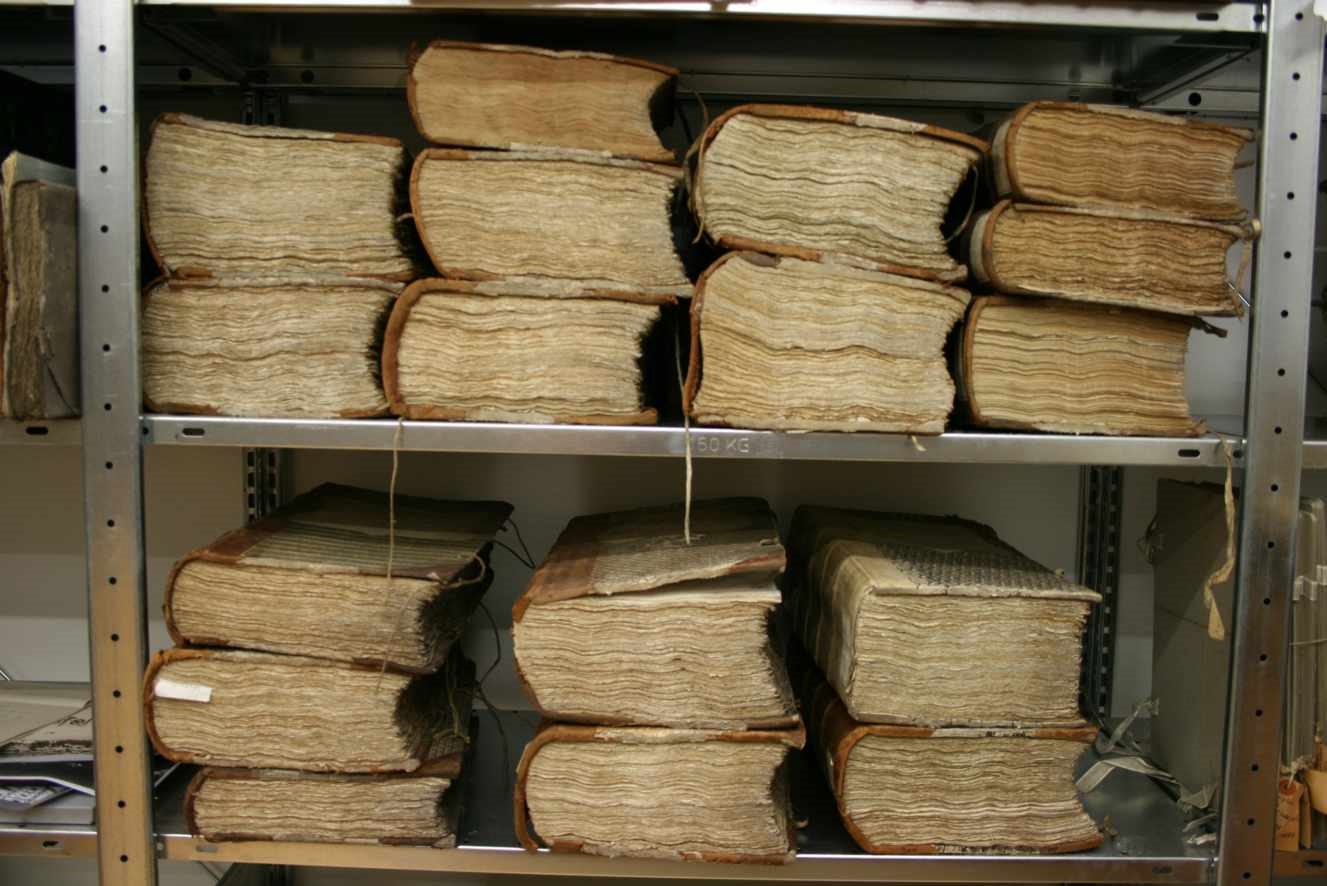 r people that are doing researches,
looking in the internet and asking questions at some forums. My focus:
where are the biggest gaps, where the chance at highest of getting
results and what is very important for me.
r people that are doing researches,
looking in the internet and asking questions at some forums. My focus:
where are the biggest gaps, where the chance at highest of getting
results and what is very important for me.
In the meantime I can look back to a quite long list of ancestors. And I was
lucky to have ancestors from areas where the church books are available
also before the 30th years’ war. That is the reason, why some branches
reach back to the 16th century. On the other side 1/8th of my
ancestors coming from Pomerania. There the research is extremely
difficult and often not successful.
Here a small choice of sources. Fore sure there are existing much, much more
sources. Also the places of storage is just an indication and based on
my experiences.
3. Databases
The source should be divided into two groups:
1. Primary sources (copies from church records, certificates, documents,
person registry etc.)
2. Secondary source (family trees, pedigree trees, family books etc.)
Primary sources are better than secondary sources. There are more and more
sources available in the internet for looking or downloading. For church
books in Germany should be named
www.archion.de. This is the official
site from the centralized German protestant church archive and contains
thousands of German – mainly protestant – church books. The quality is
quite good. Searching for the villages and books is for free, you pay
only for looking at it – according to the time (days, weeks, months
etc.). Compared to a journey, the costs are really low. Beside of
Archion there are also other databases available. E.g.
www.ancestry.com offers a huge international database, which
contains muchz more than only church books. E.g, documents from registry
offices, travelling/emigration/immigration documents.
Secondary sources – especially from the internet – should always handled
with caution. They are not always right. You can read this everywhere,
but due to the fact, that the amount of available data is bigger and
bigger, it seem to be quite easy to take over everything without asking
beyond. On the other side, this option is a big relief for those people,
they have no access to the original sources. One exception is in my
experience the database of online family books at
www.genwiki.de.
They are generally quite good.
Fuzzy and wrong information are spread via the internet as fast as correct
ones as they are mostly taken over without asking. That is the reason
why you can find same wrong information in different databases. This has
to be noted. Not everything which is in the internet more the once must
be correct.
One possibility in that case could be, to not the information from the
internet and re-check at the originals. The owner of the information
should be asked. This has the advantage beside of the propriety, that
the data owner has often more or updated information as published. Only
in very few cases you will be refused, if you ask gentle. Even you do
not get in contact to the data owner, you should name the original
source.
That means: Collecting data yes, but document and proof.
4. Read sources - Tips & Tricks
Which sources:
As already spoken, primary sources should generally be preferred
compared to secondary sources. The more close the source is made to the
original event, the more the chance, that the information is correct.
Primary sources are baptism, marriage, burial or confirmation records.
Secondary sources are beside of secondary literature (family books,
internet information, like family trees etc. also family records,
transcriptions or age dates in buying- or court documents etc.
Source collection:
Basically all sources should be written down – word by word. As the
sources were more and more difficult to reach, I started to collect more
and more detailed information. This can be very important to recap
afterwards, especially if there is a need to find failures. Important
for all sources, also those from internet or orally.
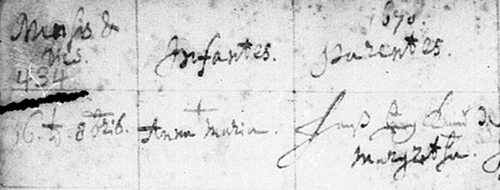
Transcribing:
Perfect to copy literally and keep this information. Important, if
inconsistencies coming up. Mostly the failure is
based by a
wrong transcription from the original document. One example:
At the picture above
you can read in the Großheppach baptism church book from 1670:
"[Month
and day] 16.t[th]. 8bris. [the child:] Anna Maria. [the parents:] Hanß
Jerg Knauß Margaretha.“
An inexperienced person or by a carless failure the 16. October (= 16.
8bris) is easy the 16.08. [October]
Unfortunately I have seen this need only later and took the original
source quite late. The revenge is coming later and to build-up the
original source once is very time-consuming, if you have reached a
certain volume of data.
Read old scripture: I must agree, at the beginning it is not easy to read the old writing styles. But after a while it is going better and better. But even you are an expert, not every writing can be readed by 100%. Some type examples you will find here.
There are enough genealogists they are offering their services. I have not
that much experience with this. I have only used twice professional
help. The costs are either success-oriented or based on
the used time. Somebody, who want to cover everything
with professional services need to invest really a good amount of money.
To let draw an individual family tree
is also not really cheap. Reason for it, is the time consumption.
Somebody who want to create a nice present, can also do it on its own.
By the way. With this you have also a nice present for other people by
copying the original. I have done this in the past several times. For
that reason I bought a endless
paper for plotter (180g/m², matt). I cut the needed amount of paper and
start drawing (see picture).
6. Safe the information
Saving of the information looks trivial at first glance. You take a computer
and save everything – ready. But when you look deeper into it, it is not
that easy any more: Which format? Database? Pictures? Backup? Originals?
Family trees?
Therefore step by step:
If you have originals, please store them dry, away from danger of mold and
dark. If you need some more information at your next local archive. They
will tell you competent and free of charge, I am sure. Originals should
be saved also in a digital way (digital picture or scan, min. 200 dpi)
and store it independent from the originals. To safe data space is the
saving at a wrong place. I have ancestor passes. The information inside
can never be figured out any more, if the documents are not there
anymore. The church books were destroyed during the Second World War and
copies are not existing. Therefore these documents are unique and the
last official source.
6.2. Computer:
Today, computer are absolutely needed and a good tool for the genealogy. But
beside of the enthusiasm you may can
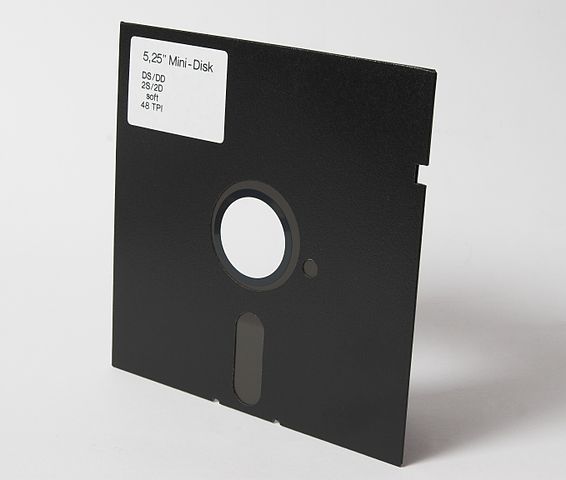 ask,
how the data will be read in future. As a (hobby) genealogist you are
searching data in documents they are hundreds of years old. This
information would not be available any more, if the ancestors would save
it on computer discs.
ask,
how the data will be read in future. As a (hobby) genealogist you are
searching data in documents they are hundreds of years old. This
information would not be available any more, if the ancestors would save
it on computer discs.
To make
sure, that the data will be available also in future there are some
basic rules I recommend:
- Safe data: Data have to keep saved. You need at least one copy.
Store the copy not there, where your computer is (fire, thunder storm,
thievery etc.).
- Program: Programs and formats should be used, they are very
common. This raises the chance, that the files can be read over a longer
period. If there are new formats, that are wide spread, do not forget to
re-format.
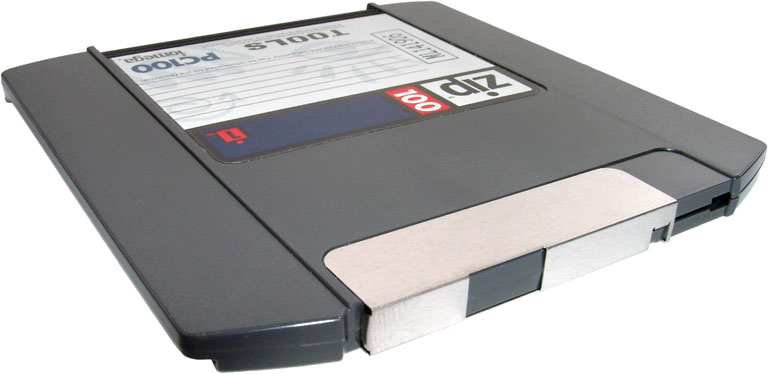 -
Storage medium: The same with storage medium. If there is a
change in storage medium, migrate to the new media on time. I kindly
remember on 5 1/4'' (Flopies) or 3,5'' disk. But also Zip-drives etc.
were used as a storage media – who can read it up
to now?
Quite apart from DAT-cassette or magnetic tapes. By the way magnetic
tapes. Recordings from magnetic tapes should be digitalised immediately.
They are getting worse from day to day.
-
Storage medium: The same with storage medium. If there is a
change in storage medium, migrate to the new media on time. I kindly
remember on 5 1/4'' (Flopies) or 3,5'' disk. But also Zip-drives etc.
were used as a storage media – who can read it up
to now?
Quite apart from DAT-cassette or magnetic tapes. By the way magnetic
tapes. Recordings from magnetic tapes should be digitalised immediately.
They are getting worse from day to day.
- Hardware: Do not do everything on computer. Data of a life-work
can be deleted in a second. This was hard ti imagine in the past.
Therefore I recomend to print the intermediate results from time to
time, even it has not been finished. By the way, this can be shown to
somebody!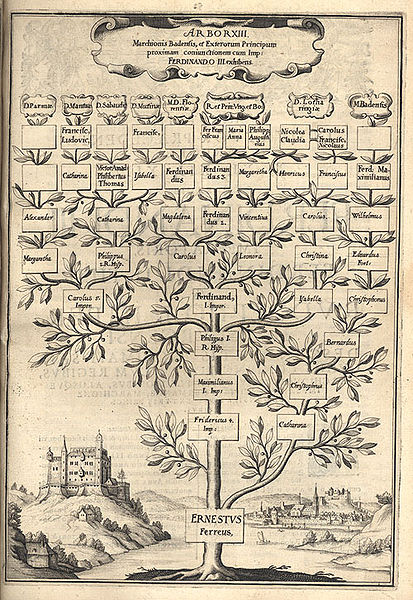
6.3. Genealogy program:
The information in a database (genealogy program) makes sense. Also because data can be shared easily with others in the standardized format (GEDCOM). There are several provider of these programs. To give a recomendation is almost not possible, as I do not know every program.
Fundamentally you should think deeply which program you are
using as the main program. In my experience, changing from one program
to another is always with problems and
hand in hand
with missing data. So, changing over from one to another program it is
always high risk and a lot manual work or the data is gone forever. So
the binding on a program is quite high. Personally I am using different
programs, but one program is my lead program, where I put all my data
in. Then I am using programs for different tasks. I am using one for
priting big family trees (Stammbaumdrucker). This program is specialized
in this kind of task.
My main program was PAF4 (freeware) in the past. As this program
is not getting a further development, I changed over to another one.
Here I decided for Ages!. In the meantime there are Apps for mobile
phones available to have your data always with you. Furthermore I am
registered at Ancestry.com. This also can help as your data will
automatically be analyzed for a match with data from other registered
people at Ancestry.com. And they have a lot of registered people.
In addition, I am putting all the data into a Microsoft Word document. Here
I am safe, that this format can be read also in 50 years. And I have a
backup copy in a different format and can double check during conversion
from one genealogy program to another.
In the past there was a system to do a new data sheet for every family. You
can do this also at the computer. You can add additional sources,
pictures,
videos, scans
etc. imported.
7. Pictures
The main problem with old pictures is the missing data.
When it is not clear who or what is at the picture, this picture is
mostly useless for genealogic researches. Therefore here at this point
my appeal: Collecting data and store together with the picture. It helps
mostly to talk to other relatives or friends.
Collecting and retaining information!
Second problem is the storage of the pictures and the corresponding
information. So, how to safe.
Digital pictures should be stored in a common format. There the chance is
high to get it read also after decades. When coming to labeling, this is
much more difficult. There are program available, but the picture
formats are not common. So the chance is high, that the information is
getting lost. DO NOT DO THIS. So that means either you put the
information directly on the picture (but this changes the picture
itself) or in a copy of this picture.
Then you should also print the pictures to prevent data
losses. See also above, chapter
à
6.2
Computer.
On the right side you can see a possibility to name people on group photos.
8. Publish?
One target of the work should be, to let known other people. There are
different methods:
- Database in the internet: This is the easiest possibility.
Uploading your information to one or more of the well-known genealogic
databases. Ready. You will get some feedback, but not that much.
- Book: Do an own book. Then you have also always a present!
There is no limit in design. Printing on demand allows also small
numbers for a reasonable price. Offers are available in the internet.
- Own Homepage: You are in front of one. Here you need some more
additional knowledge. But even I managed it! Also here you have almost
no limit in design.
- Family meeting: These happenings should be used to show the
collected data. There you may find some new “colleagues” they are also
go in this direction or have done researches in the past and can add
something. And maybe you can find some new sourcs. And pictures are can
easily be marked with the necessary information.
Content
is the data, for sure. Who, where, when, how long, with whom. Beyond
this limited data, there is much more to tell. It is the small stories,
which makes the life interesting. And anecdotes are everywhere
available. Pictures from relatives, common clothes, about villages, how
they worked and lived. Or you add some statistics. How many children
they had, life expectancy, how old during the marriage, which profession
and, and, and. Also here, almost no limits.
Ont thing should b clear. Data from living persons
only with their agreement.
Your Wolfram Callenius